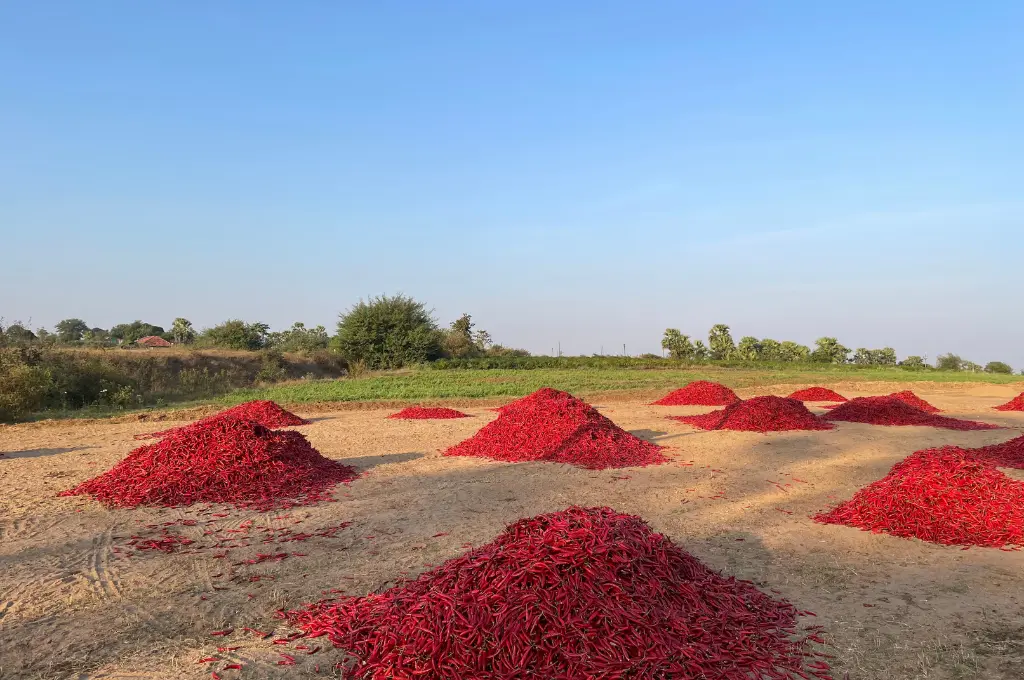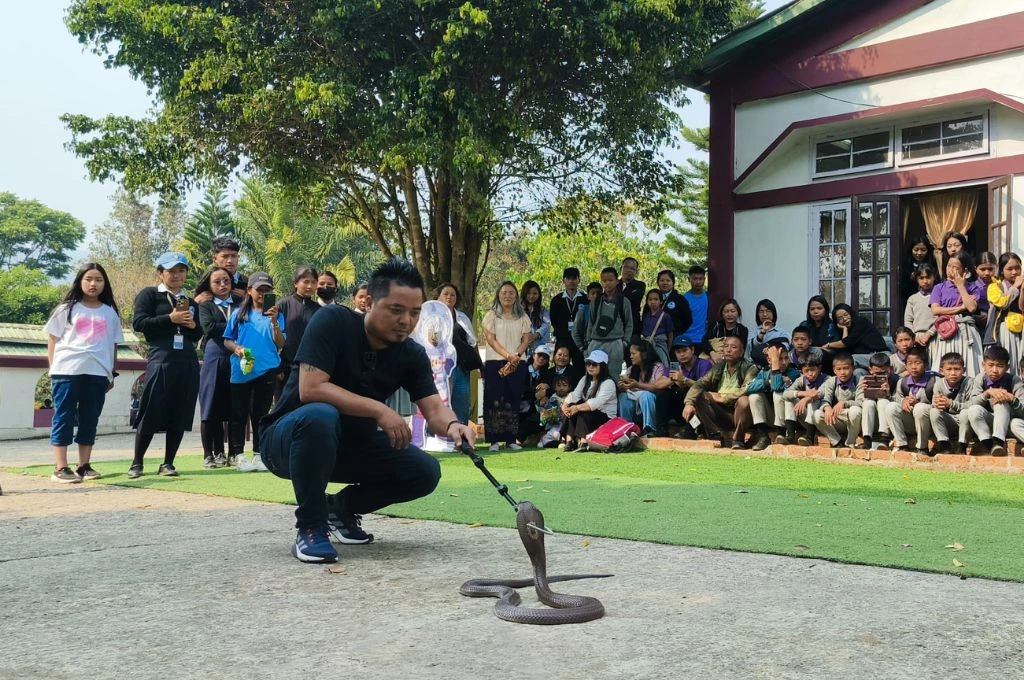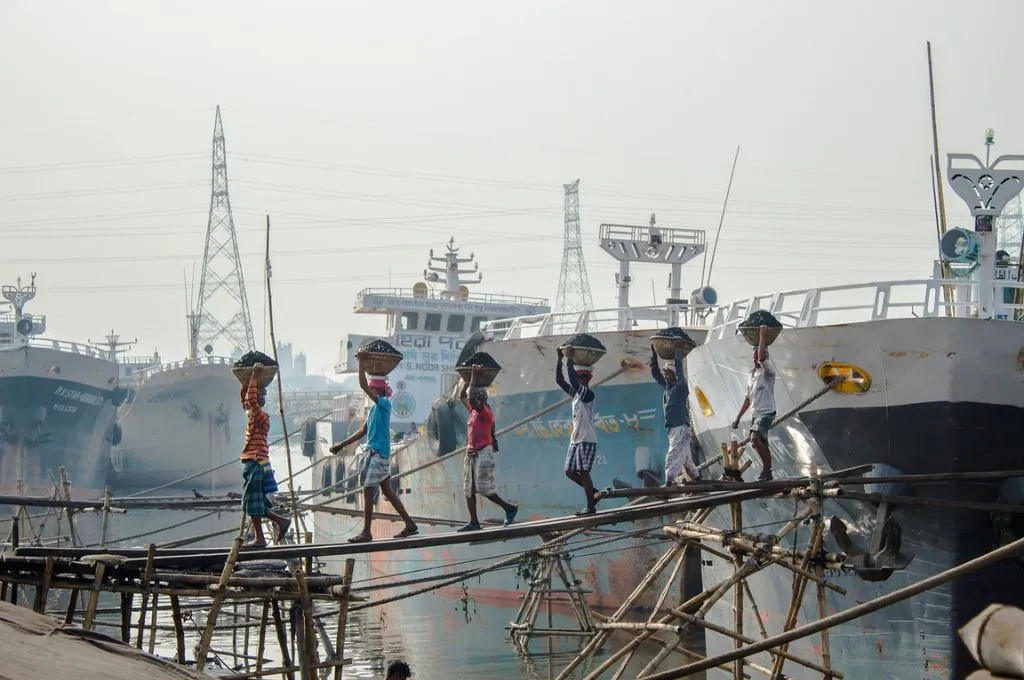READ THIS ARTICLE IN
The last artisan practising hand-block printing in Gujarat
Today, Mansukh Pitambar Khatri is one of the only Bela printers in the village of Bela in Gujarat. Back in the day, his village was known for its dense concentration of hand-block printers. “Today, only I remain,” Mansukhbhai sighs in despair.
Even at the age of 55, Mansukhbhai washes, prints, and dyes all by himself. His craft, he says, requires imagination, concentration, and precision. A millimetre here or there can smudge the motifs, so the eventual beauty of the fabric lies in the precision of Mansukhbhai’s hands.
Bela hand-block printing is known for its versatility and efficiency. It is one of the earliest, simplest, and slowest forms of textile printing. For the people of Bela, it was more than just an item of utility—they used this art form to embody memories, mark essential landmarks of their lives, and show who they were.
However, over time, the village started seeing a fall in demand for artisanal products among its local communities, who gravitated towards buying cheaper, machine-made goods. A time and labour intensive craft like Bela printing hardly stood a chance.
Today, Bela hand-block printing is in danger of dying out with no young takers for it. But can we really blame them? Most of the younger generation find it difficult to see such traditional occupations as not only a viable but also a financially lucrative path. In fact, with no prospects of work in Bela, many block printers, including Mansukhbhai’s elder brother and nephew, were forced to give up their generational occupation and look for alternative sources of livelihood.
Mansukhbhai, however, remains undeterred. “It saddens me to realise that generations of young people whose ancestors came from Bela are growing up with no understanding of the craft’s long history or its technique. These skills will only survive if they live in each generation. They provide a link to our roots, and they are a part of our shared heritage,” he says.
Annabelle D’Costa is a former India Fellow and has worked with Khamir in Kachchh, Gujarat.
India Fellow is a content partner for #groundupstories on IDR. Read the original story here.
—
Know more: Read about how low budgetary allocations and rising costs of production have led the Indian handloom industry to struggle.
Do more: Connect with the author at annabelle.dcosta@outlook.com to learn more about her work.



